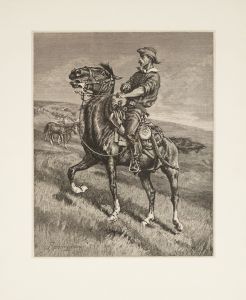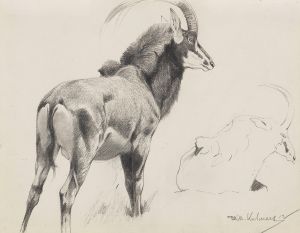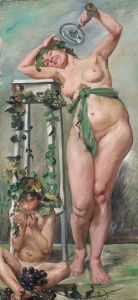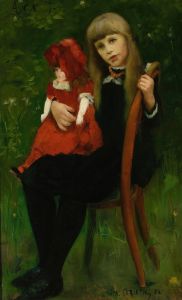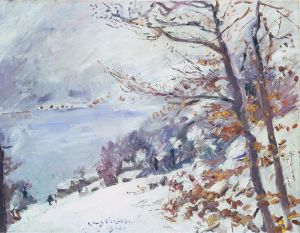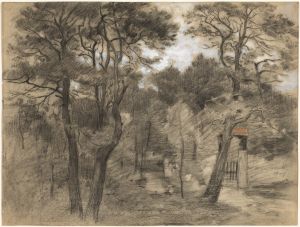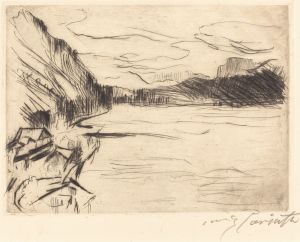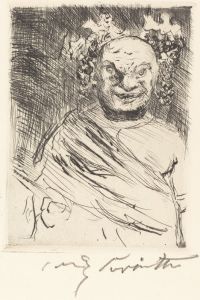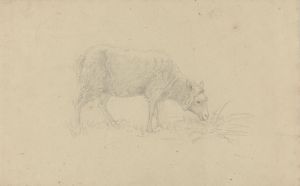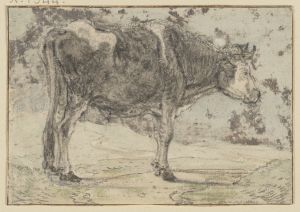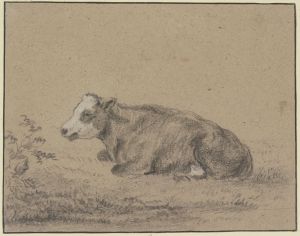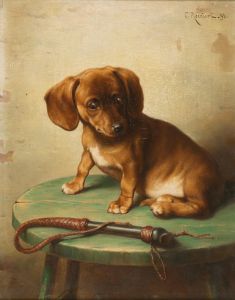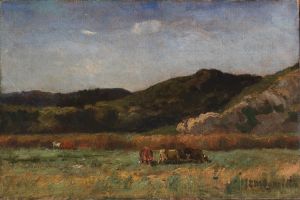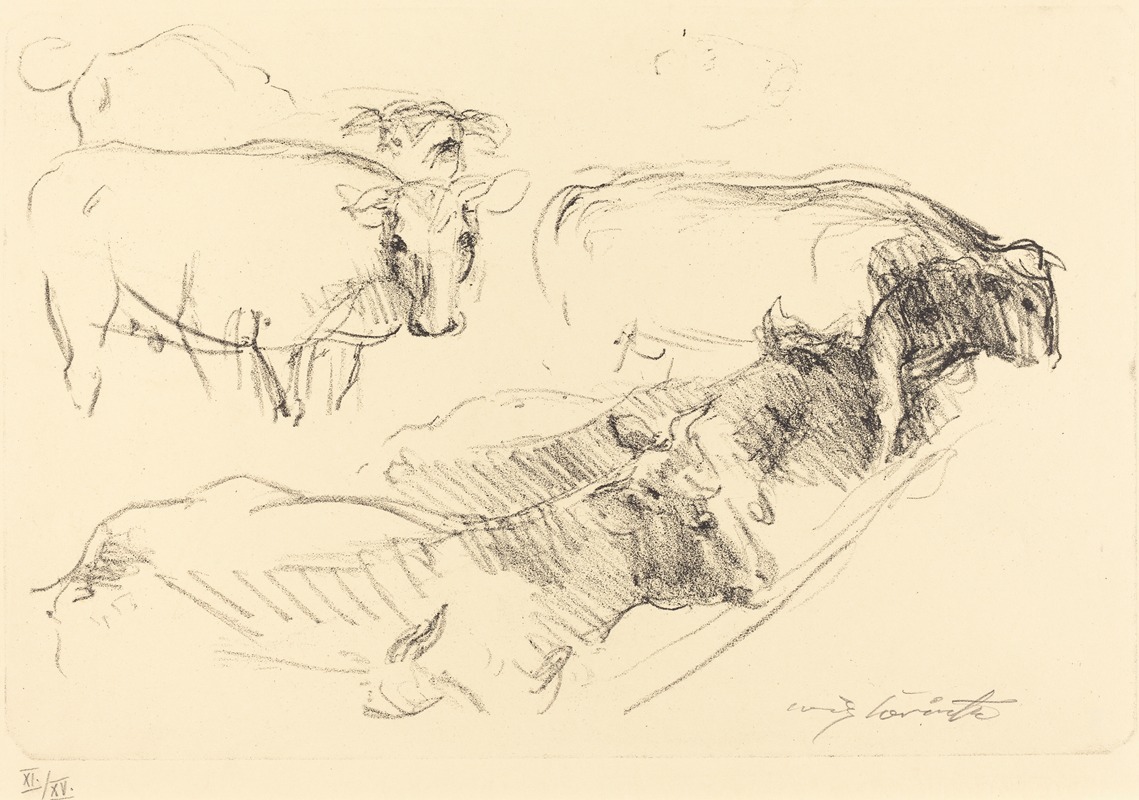
Cows
A hand-painted replica of Lovis Corinth’s masterpiece Cows, meticulously crafted by professional artists to capture the true essence of the original. Each piece is created with museum-quality canvas and rare mineral pigments, carefully painted by experienced artists with delicate brushstrokes and rich, layered colors to perfectly recreate the texture of the original artwork. Unlike machine-printed reproductions, this hand-painted version brings the painting to life, infused with the artist’s emotions and skill in every stroke. Whether for personal collection or home decoration, it instantly elevates the artistic atmosphere of any space.
Lovis Corinth (1858–1925) was a German painter and printmaker associated with the Impressionist and later the Expressionist movements. He is known for his diverse body of work, which includes portraits, landscapes, still lifes, and genre scenes. Among his many works is the painting titled Cows, which reflects his interest in capturing rural and pastoral themes.
Cows is an oil painting created by Corinth in 1913. The artwork depicts a serene rural scene featuring a group of cows grazing in a lush, green meadow. The composition is characterized by Corinth’s loose brushwork and vibrant use of color, which were hallmarks of his mature style. The painting demonstrates his ability to blend naturalistic detail with expressive, dynamic strokes, creating a sense of movement and vitality within the scene.
The painting was created during a period when Corinth had fully embraced a freer, more expressive approach to painting, following a stroke in 1911 that temporarily impaired his ability to work. After recovering, Corinth’s style became more fluid and emotional, as seen in Cows. The work reflects his fascination with the natural world and his ability to convey the tranquility and beauty of rural life.
Cows is also notable for its atmospheric quality, with Corinth skillfully capturing the interplay of light and shadow across the landscape. The cows are rendered with a sense of individuality, yet they remain integrated into the broader composition, emphasizing the harmony between the animals and their environment. This focus on the pastoral aligns with the broader artistic trends of the time, as many artists sought to explore themes of nature and rural life in response to the rapid industrialization of Europe.
The painting is part of Corinth’s broader oeuvre, which often explored themes of nature, human emotion, and the passage of time. While Cows may not be as widely recognized as some of his other works, such as his self-portraits or historical scenes, it remains an important example of his ability to capture the essence of his subjects with both technical skill and emotional depth.
Today, Cows is housed in the collection of the Städtische Galerie im Lenbachhaus in Munich, Germany. The Lenbachhaus is renowned for its extensive collection of works by German artists, particularly those associated with the Munich Secession and the Expressionist movement. Corinth was a prominent member of the Munich Secession, and his works continue to be celebrated for their contribution to German art in the late 19th and early 20th centuries.





